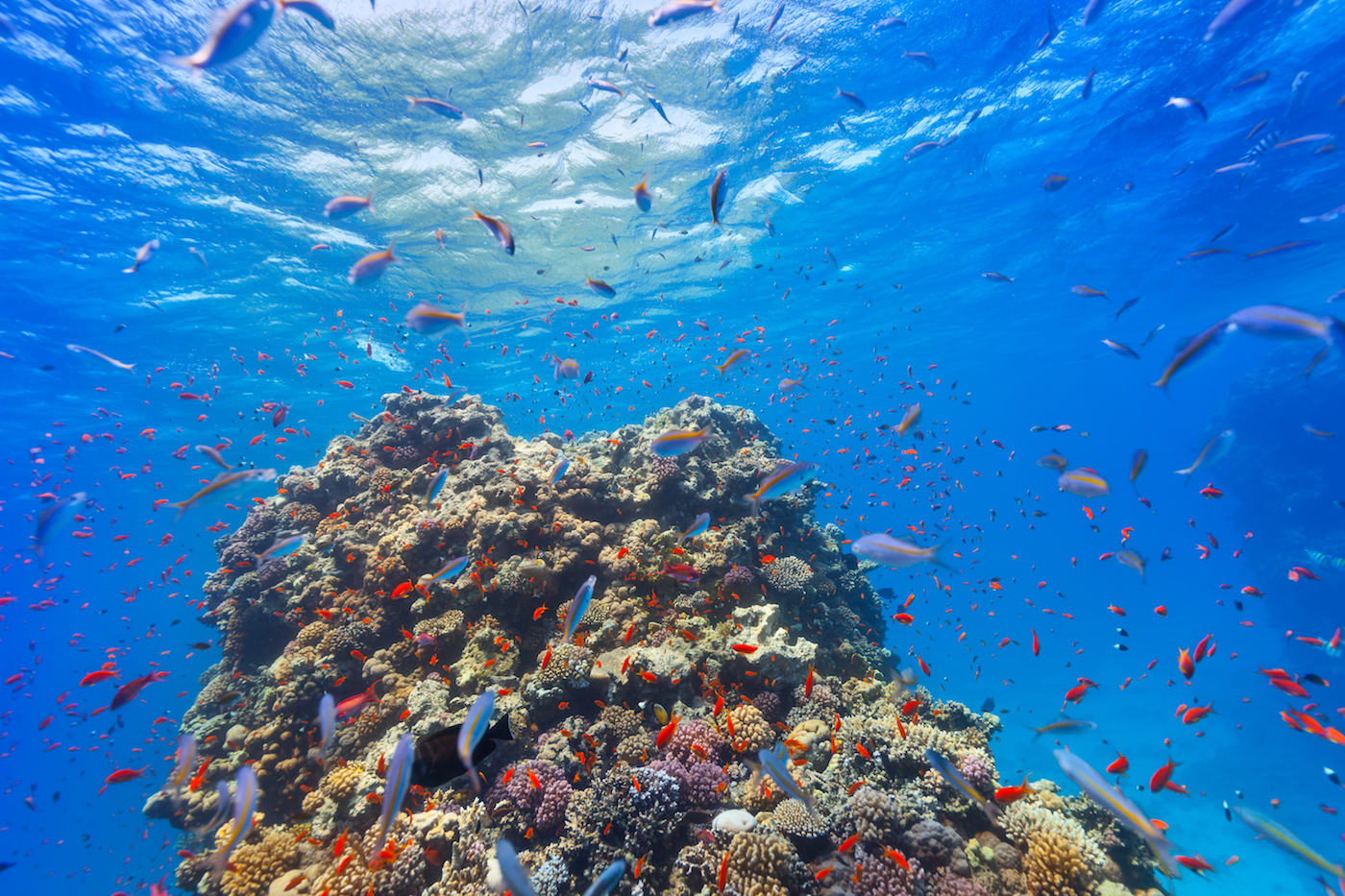Red Sea Impact Study: Unveiling Regional Ramifications


Red Sea Impact Study: Unveiling Regional Ramifications
The Red Sea, a region of geopolitical significance, has recently undergone a series of impactful events. A comprehensive Red Sea Impact Study delves into the multifaceted consequences, shedding light on the intricate web of outcomes that reverberate across nations and global affairs.
Understanding the Geopolitical Landscape
To comprehend the implications revealed in the Red Sea Impact Study, it’s crucial to first examine the geopolitical landscape. The study offers insights into how regional powers have navigated diplomatic challenges, alliances, and conflicts, shaping the political dynamics that define the Red Sea region.
Economic Ripples and Trade Dynamics
An integral aspect of the study revolves around the economic ramifications of events in the Red Sea. Trade routes, economic partnerships, and the overall economic well-being of nations in the region are scrutinized. The study aims to unravel how these economic ripples impact both local economies and the interconnected global trade network.
Environmental Consequences and Ecosystem Health
Beyond the political and economic sphere, the Red Sea Impact Study delves into the environmental consequences. Increased maritime activities, potential pollution, and the impact on marine ecosystems are all part of the assessment. Understanding the environmental health of the Red Sea is paramount for sustainable development and long-term regional stability.
Humanitarian Considerations in Conflict Zones
Conflicts in the Red Sea region often bring about humanitarian crises. The study meticulously analyzes the impact on local communities, displacement of populations, and the strain on humanitarian aid efforts. Addressing these concerns is a crucial aspect of fostering stability and resilience in the aftermath of geopolitical events.
Role of International Organizations in Red Sea Dynamics
International organizations play a pivotal role in managing and mitigating the fallout from events in the Red Sea. The study scrutinizes the effectiveness of organizations such as the United Nations and regional bodies in promoting peace, delivering aid, and facilitating diplomatic resolutions to conflicts.
Security Challenges and Regional Stability
Examining the security challenges outlined in the Red Sea Impact Study provides valuable insights into regional stability. The study investigates how security concerns influence the decision-making processes of nations in the Red Sea region and explores potential strategies for fostering a secure and stable environment.
Cultural and Social Dynamics Amidst Change
Cultural and social dynamics often undergo transformation in the face of geopolitical shifts. The Red Sea Impact Study delves into how societal structures, cultural norms, and community dynamics have evolved or adapted in response to the changing geopolitical landscape. Understanding these shifts is vital for holistic analysis.
Technological Innovations and Future Prospects
In an era of rapid technological advancements, the Red Sea Impact Study explores how innovation and technology influence the region’s future prospects. From maritime security technologies to sustainable development practices, the study assesses how cutting-edge solutions can contribute to the long-term well-being of Red Sea nations.
Prospects for Collaboration and Diplomatic Initiatives
The Red Sea Impact Study concludes by outlining prospects for collaboration and diplomatic initiatives. Identifying areas where nations can work together, foster dialogue, and build cooperative frameworks is essential for creating a foundation of trust and stability in the region.
To explore the complete findings of the Red Sea Impact Study, visit Red Sea Impact Study for a detailed analysis of regional ramifications and potential pathways to a more stable and prosperous future.







